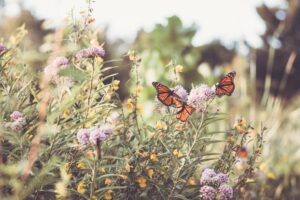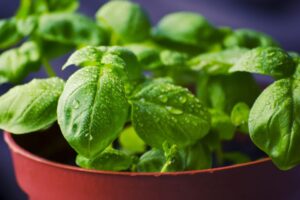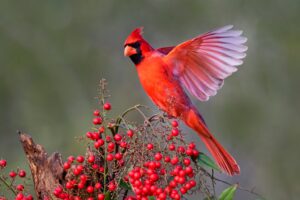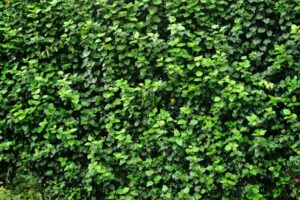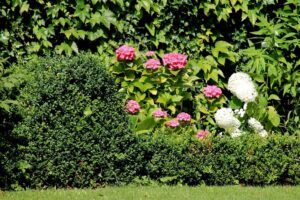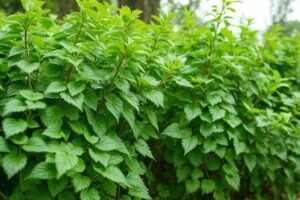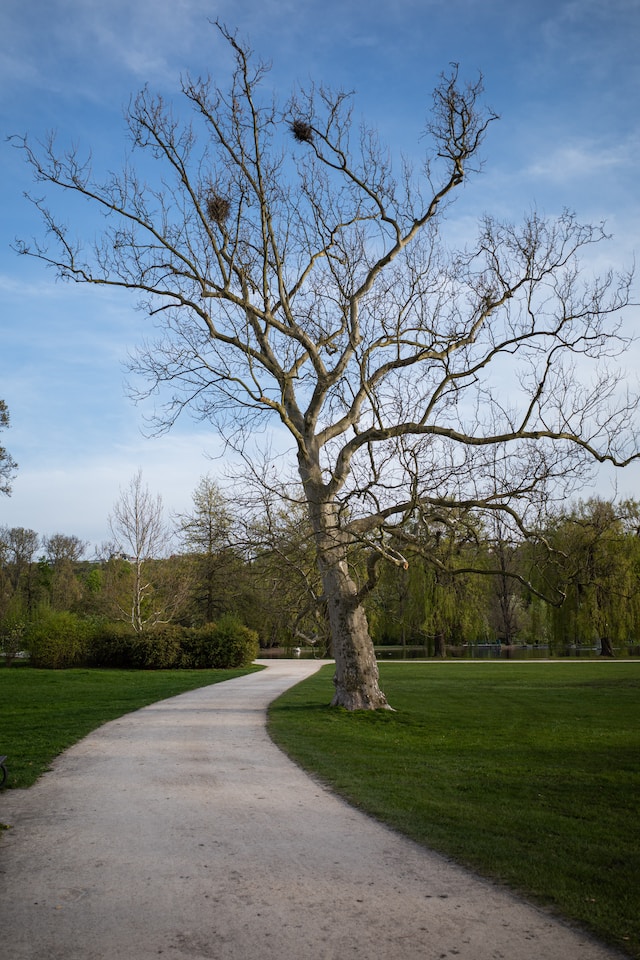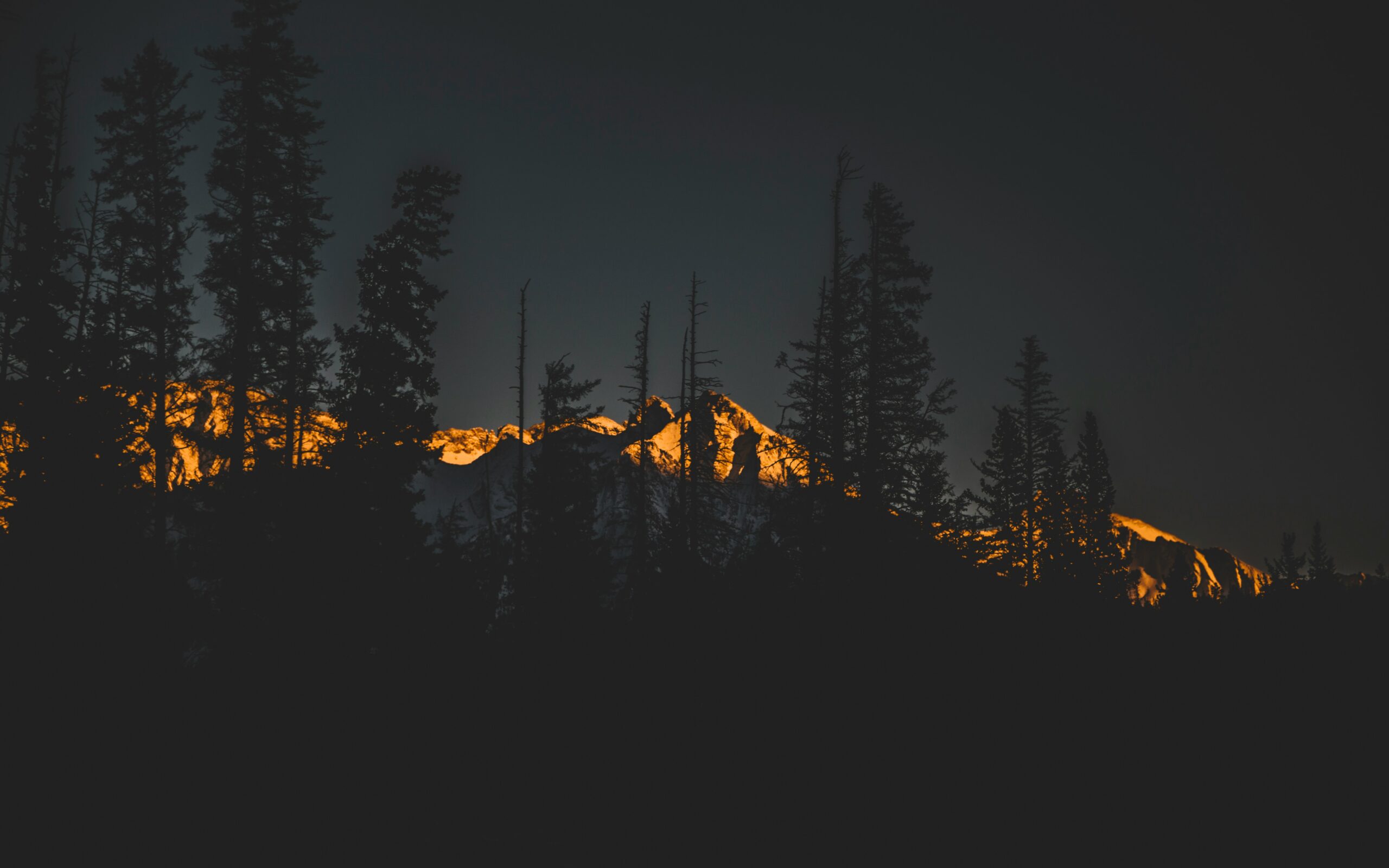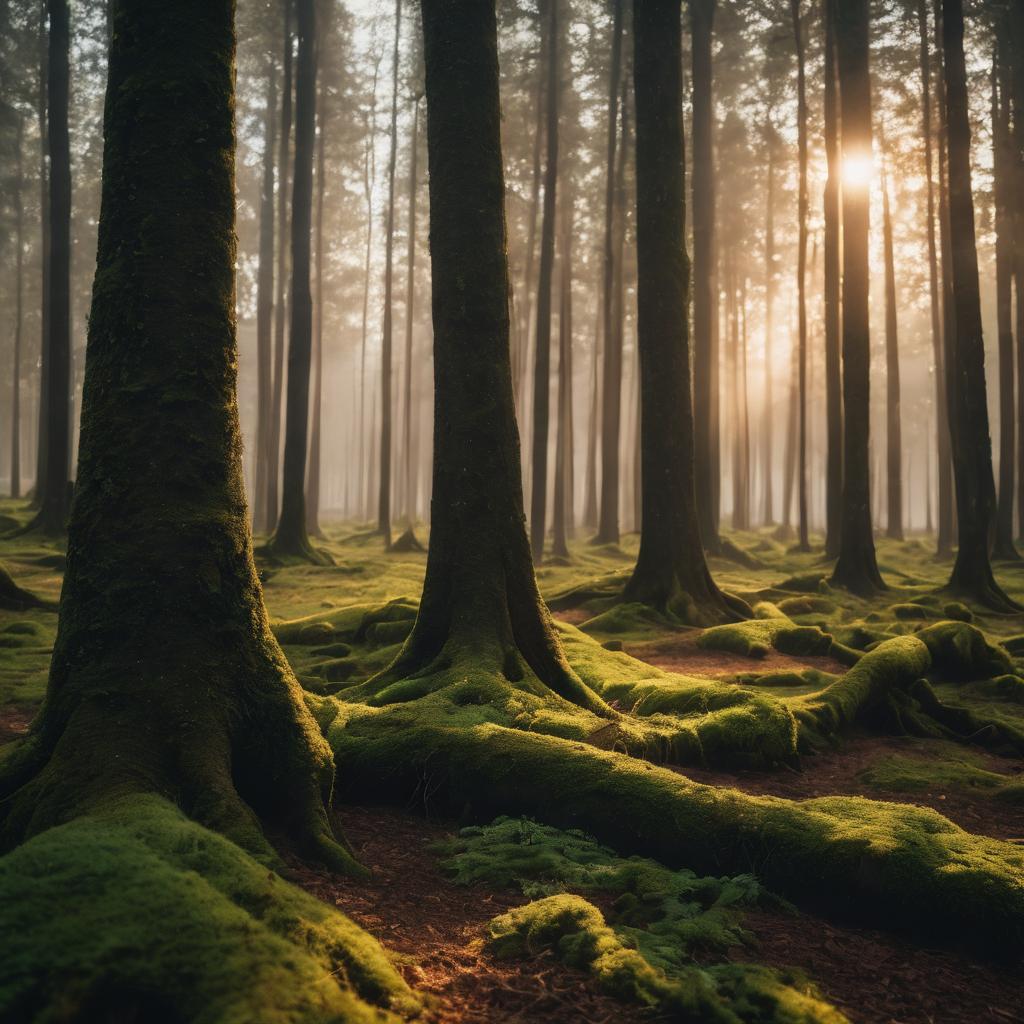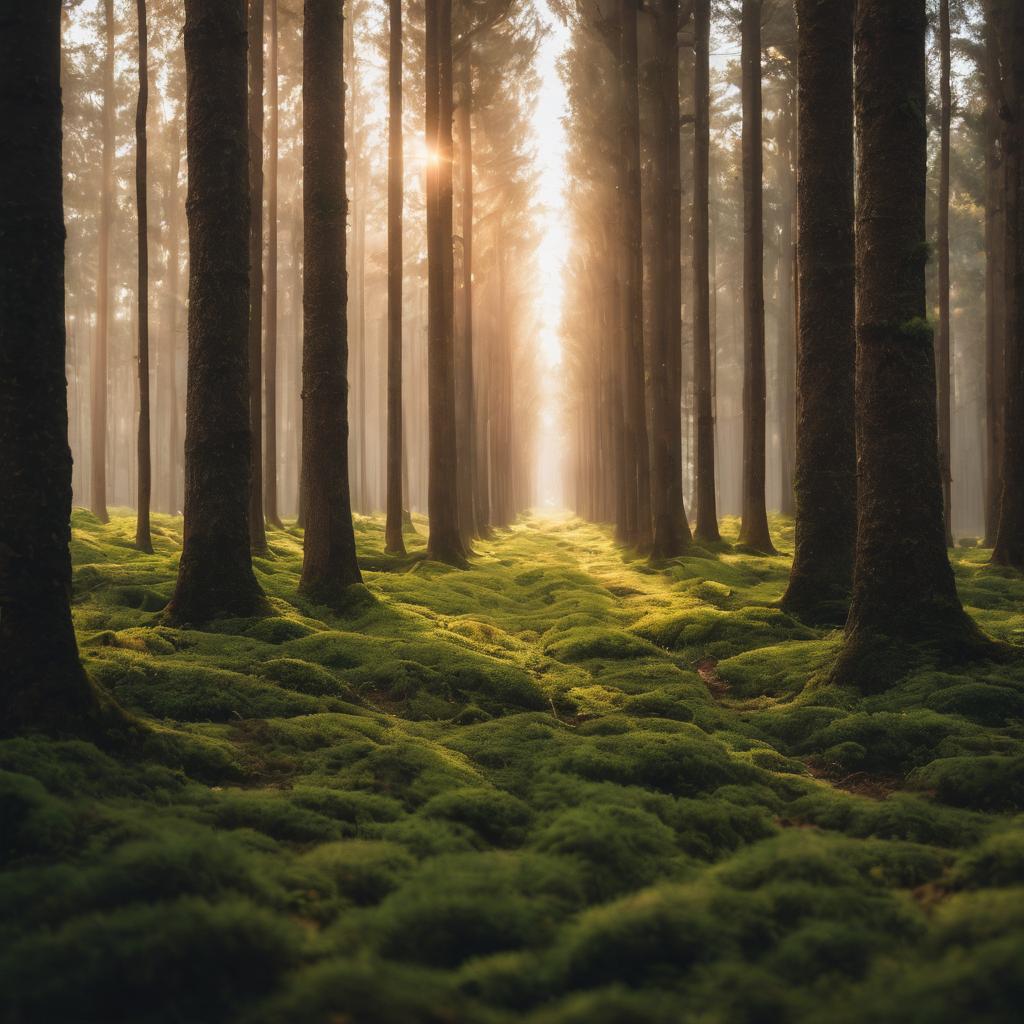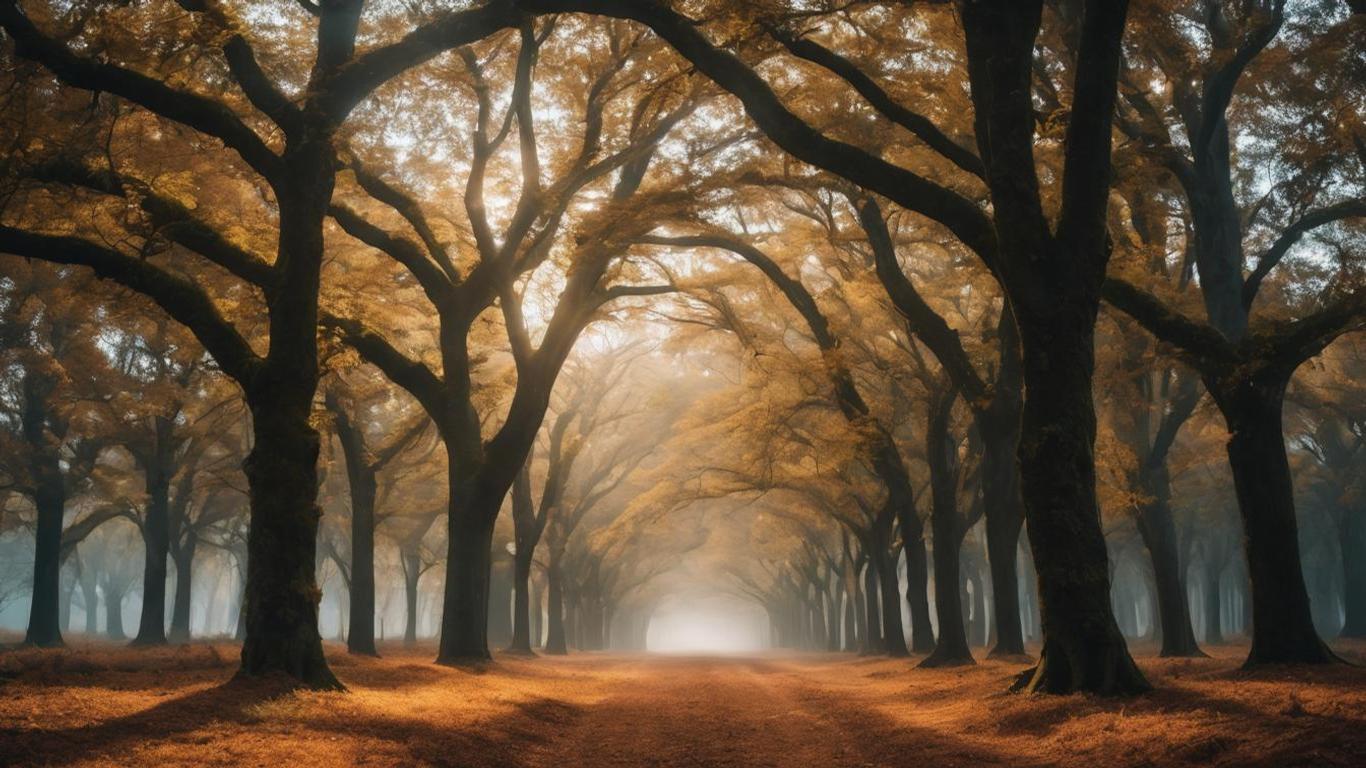Introduction
Platanus occidentalis is the common name for American sycamore, a species of Platanus native to eastern North America. Sycamores are among the largest deciduous trees in the Eastern United States, with some reaching heights of over 100 feet (30m) and diameters of 15 feet (4m). The wood from sycamore trees was used in colonial times to build houses. Sycamores are shade-tolerant, fast-growing pioneer species that can reach great age: they grow faster than most other temperate broadleaf trees and live longer than most temperate conifers; one specimen estimated at more than 1,000 years old has been found in Chicago’s Garfield Park Conservatory
Platanus occidentalis is the common name for American sycamore, a species of Platanus native to eastern North America.
It is also called buttonwood, plane tree and buttonball tree. The tree’s bark is rough and deeply fissured, with horizontal cracks running up and down its trunk; these lent themselves to early settlers’ use as buttons on clothing or harnesses.
The leaves are large (10-20 cm long), alternate (opposite), simple ovate acuminate in shape with serrated margins; they turn yellow before falling off in autumn.[1] The flowers are small catkins which appear before leaves emerge in springtime.[2]
American Sycamore grows best in moist but well drained soils,[3] however it can tolerate drought conditions once established.[4] This species prefers full sun though will grow well in partial shade if given adequate moisture during dry periods[5].
Sycamores are among the largest deciduous trees in the Eastern United States, with some reaching heights of over 100 feet (30m) and diameters of 15 feet (4m).
They have a rapid growth rate, though they do not live as long as other trees. The sycamore prefers moist soils along stream banks and bottomlands but can also be found on upland sites such as ridges or bluffs.
The name Platanus is derived from Greek words meaning broad plane tree; occidentalis refers to its western range across North America.
The wood from sycamore trees was used in colonial times to build houses.
Sycamore trees were once a valuable resource. The wood from sycamore trees was used in colonial times to build houses, furniture and wagons. In fact, the word “sycamore” comes from Greek and means “fig-mulberry.” It’s also known as buttonwood because of its seedpods that look like buttons.
Sycamores are not just for show! They’re important trees that provide shade along rivers and streams while they grow large enough to provide food for wildlife such as birds like robins or blue jays who eat their seeds when they fall onto the ground below them during autumn months (September-November).
Sycamore trees have a large impact on the environment wherever they grow because they have large shade leaves that block sunlight to smaller plants.
As a result, these plants cannot grow and thrive under the canopy of a sycamore tree.
If you’re looking for examples of plants affected by this, look no further than those found in your backyard!
The tree’s bark is rough and deeply fissured, with horizontal cracks running up and down its trunk.
Sycamore bark is rough and deeply fissured, with horizontal cracks running up and down its trunk. The bark has a reddish-brown color, and it is very rough to the touch.
Its leaf shape varies, with some leaves being more heart-shaped than others.
Sycamore leaves are large, heart-shaped and deciduous. They turn yellow in the fall and can be sensitive to frost. In fact, it’s possible for a sycamore tree to lose its leaves during winter if temperatures drop too low or if there is an extended period of cold weather followed by warm weather.
The use of sycamore syrup dates back centuries; Native Americans used this substance as a sweetener for food and medicine while colonists used it as an alternative to maple syrup because they didn’t have access to maples (which grow best in northern regions).
The flowers of these trees resemble apples, though they are not edible.
They are greenish-yellow and pollinated by wind rather than insects.
Sycamore seeds are small and covered in an unpleasant-tasting fleshy coating; however, birds eat the seeds and disperse them widely.
The sycamore tree is a major source of food for birds, who eat its seeds. The seeds are small and covered in an unpleasant-tasting fleshy coating; however, birds eat the seeds and disperse them widely.
Sycamore trees live for hundreds of years
Sycamore trees are among the longest-lived trees in North America. A large sycamore tree can live for hundreds of years, and some have been known to live as long as 800 years.
In colonial times, settlers used these durable hardwoods for building houses and furniture because they are strong and easily worked with tools such as axes or saws. The bark is also very thick so it makes great roofing material!
There’s one other thing you should know about sycamores: they have large impact on their environment wherever they grow because they have large shade leaves that block sunlight from reaching smaller plants below them (this is called “top-down” control).
Conclusion
Sycamore trees are a beautiful sight to behold, both in their natural habitat and in your own backyard. They are an excellent choice for landscaping projects because they grow quickly and can reach impressive sizes in just a few years’ time.


